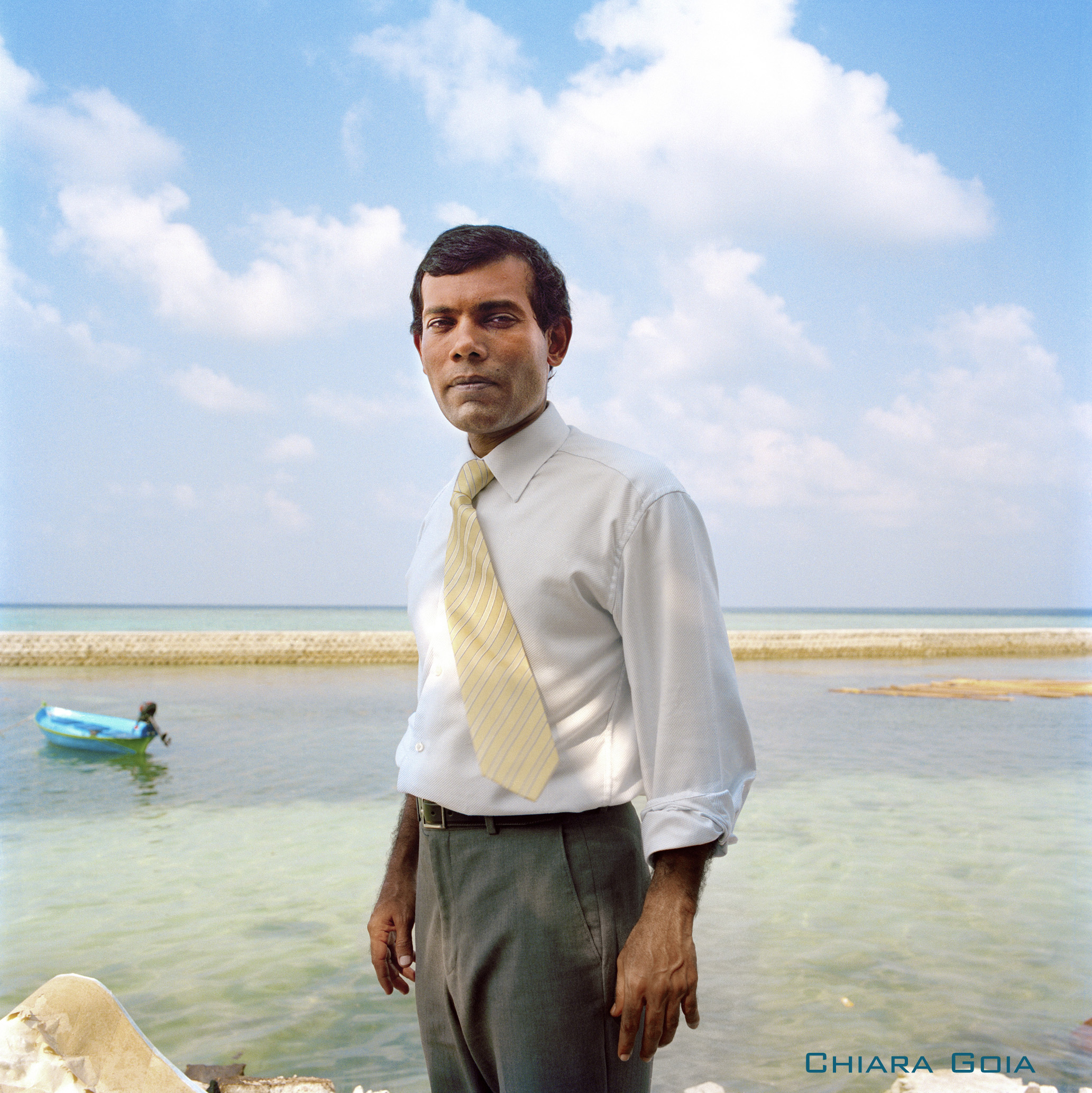“As a child I would stand on the veranda of the house where I was born and watch the sky darken and listen to the grownups wax sentimental over smoky banks of massed rain clouds… When bathing in the rain was no longer one of the great pleasures of my existence, I knew I had left my childhood behind.”- Aung San Suu Kyi
Peter Popham’s recent biography of Aung San Suu Kyi, The Lady and the Peacock, touches briefly upon this childhood. Daw Suu lost her father, the venerable Burmese General, Aung San, in 1947 when she was only two years old, “too young to remember him.” Some of what she does remember, she no longer trusts as her own memories. “I think this may be a memory that was reinforced by people repeating it all the time. In other words, I was not allowed to forget.” As she would be constantly reminded in the many decades that came after, she was her father’s daughter, but it would not be until her mother’s death in 1988 , that she would come to realize the duty and responsibility of this role.
Popham captures the young Suu, searching for purpose in her early years in exile, first in school in Delhi, where her mother was appointed as Ambassador to Burma by the ruling leader Ne Win (presumably to get Aung San’s widow out of his way) and later at college in Oxford and working for the UN in New York. Popam notes that it was on a visit to Algiers while still at Oxford that Suu got her first exposure to struggle:
“Here was the politics of liberation, being enacted before her eyes in all its passion and difficulty. For the first time in her life her sympathies and energies were fully engaged, however briefly, as a participant in the sort of struggle that she was to find waiting for her in Burma twenty three years later.”
Before marrying Tibetan scholar Michael Aris in 1972, she warned him that one day she may need to serve her country.
“I only ask one thing, that should my people need me, you would help me to do my duty by them.”
It would not be for many years that she would come to realize that need. Reflecting on her domestic life in England prior to her return to Burma in 1988, Suu said:
“We called someone vicious in a review for the Times Literary Supplement. We didn’t know what vicious was.”
When Suu returned to Burma at the age of forty-two to the bedside of her dying mother, she witnessed her homeland in the midst of a revolution. Some of the most engaging parts of Popham’s narrative are from what comes after: Suu’s beginning days in politics on the campaign trail with the newly formed National League of Democracy. Aris was unable to join his wife on this journey as he left for England to take care of their two sons, but encouraged Suu’s companion and assistant Ma Thanegi to keep a diary to keep him in the loop. Popham included large excerpts from these diaries, and they are filled with charm. Thanegi kept a record of the details of daily life, what they ate, where there was a proper bathroom (Suu told Thanegi she should write a book about the loos of Burma), and the silliness that emerged when two people spent a long time together in close quarters on the road. Thanegi observed subtle moments of Suu remembering the family she left to serve her country. We witness both Thanegi’s and Suu’s refreshing honesty and sense of humor in these pages.
 Gardiner Harris, the South Asia Correspondent for the New York Times, recently offended many Indian Animal activists with his story ”
Gardiner Harris, the South Asia Correspondent for the New York Times, recently offended many Indian Animal activists with his story ”  We started
We started  Sometimes the situation changed, the setting changed, the sky changed. We’d walk along the beach and discuss each other’s work. Ami shared with us a practice Ken Chen, head of
Sometimes the situation changed, the setting changed, the sky changed. We’d walk along the beach and discuss each other’s work. Ami shared with us a practice Ken Chen, head of 


 Last December, I had a chance to meet with Jamshed Bharucha, the new President of Cooper Union in his office with other Cooper Union Alumni. During this meeting, I asked to what extent the tuition model has been developed. “On the question of how much tuition would be charged, how many would have to pay and how much of it they would have to pay, we’ve hired a consultant,” Bharucha said. “It’s a specialty now. It’s called enrollment management. We’ve hired one of the top enrollment management firms. They will do the market research.”
Last December, I had a chance to meet with Jamshed Bharucha, the new President of Cooper Union in his office with other Cooper Union Alumni. During this meeting, I asked to what extent the tuition model has been developed. “On the question of how much tuition would be charged, how many would have to pay and how much of it they would have to pay, we’ve hired a consultant,” Bharucha said. “It’s a specialty now. It’s called enrollment management. We’ve hired one of the top enrollment management firms. They will do the market research.” Coinciding with the release of Brighter Green’s Case Study on India,
Coinciding with the release of Brighter Green’s Case Study on India, 



